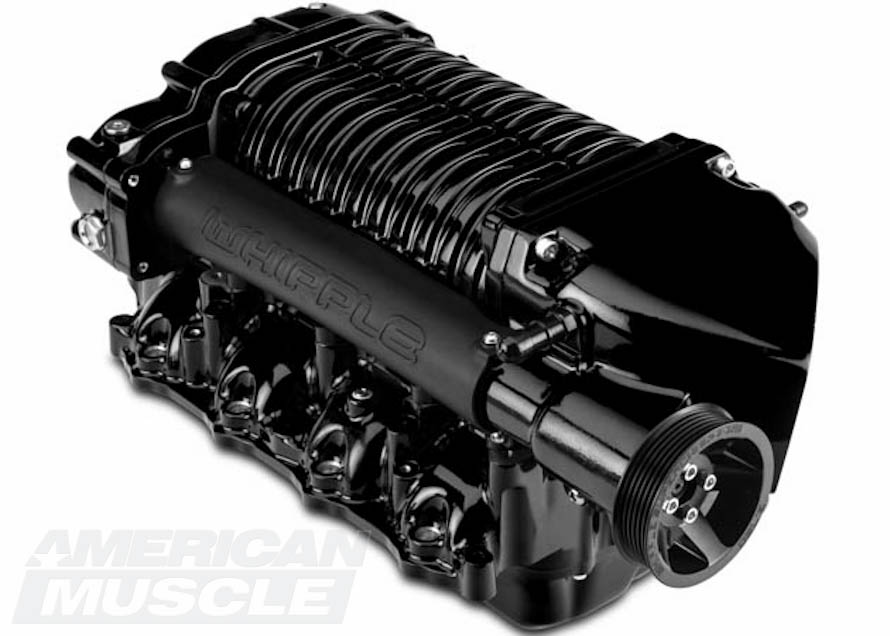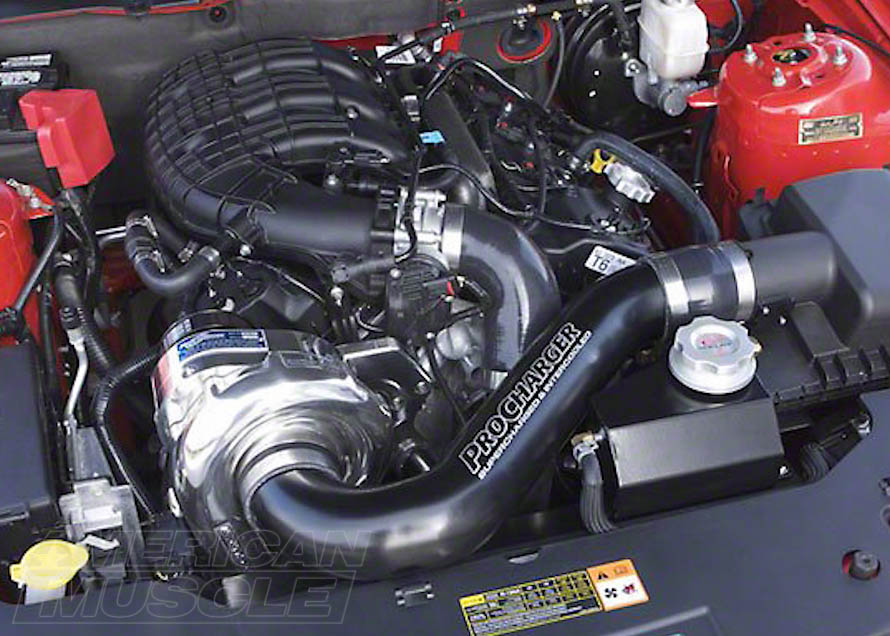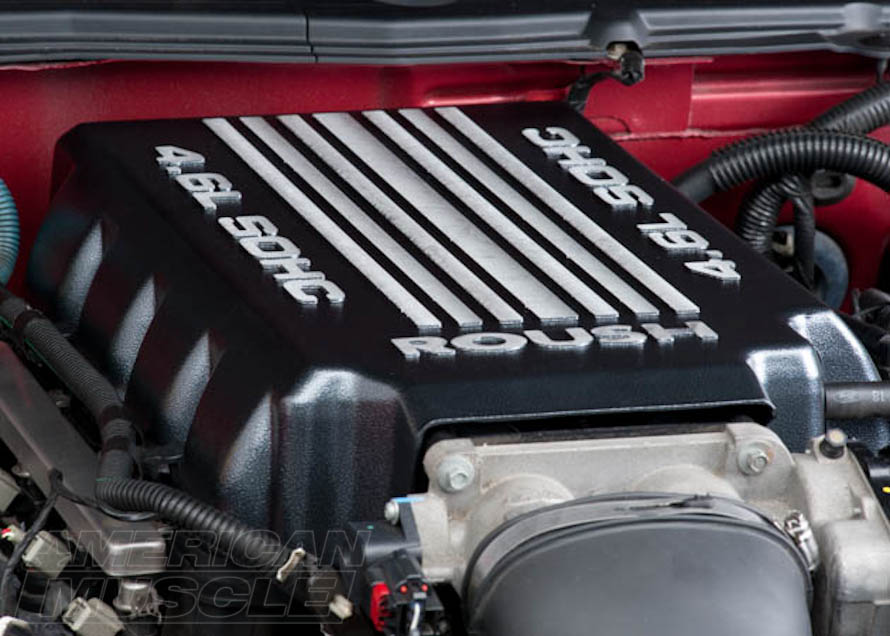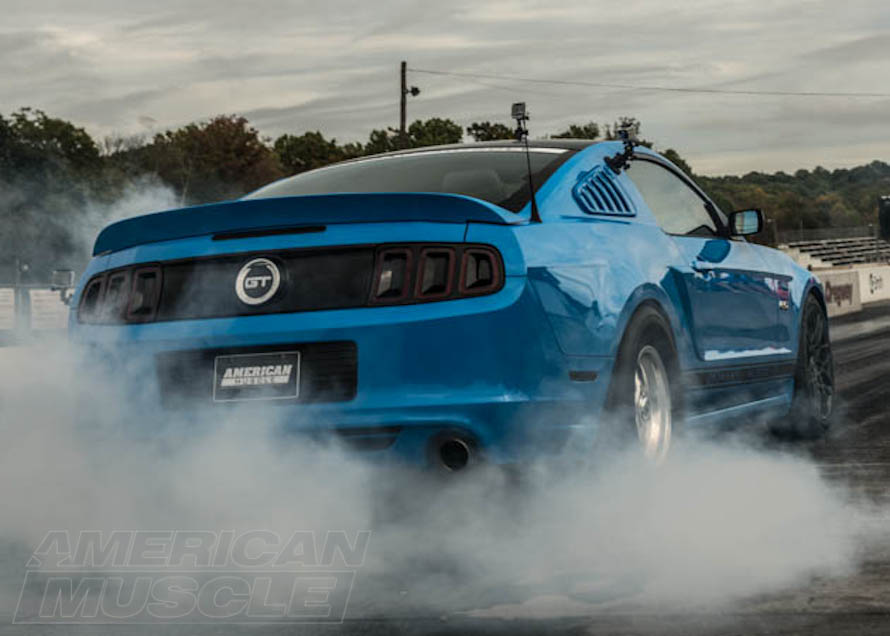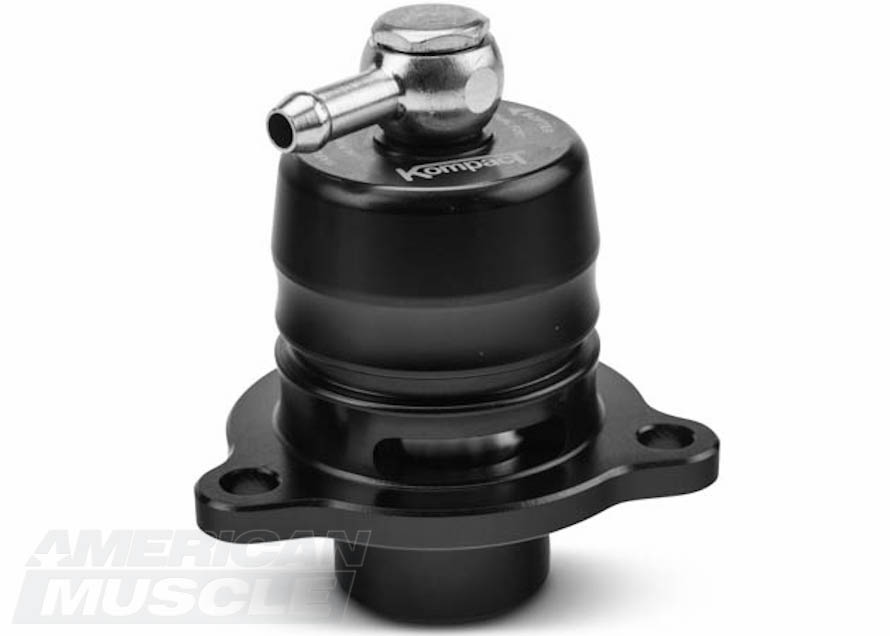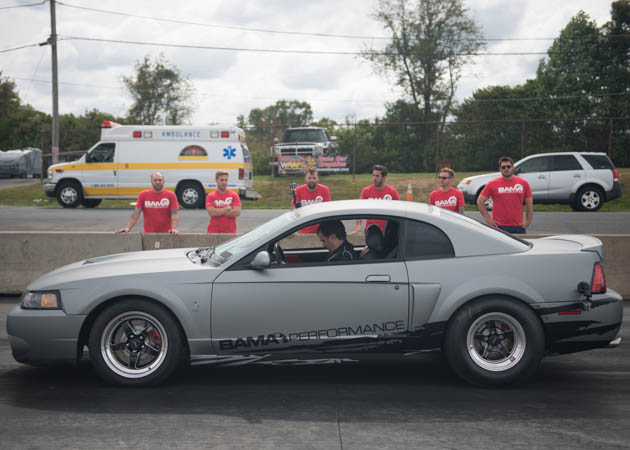The power gains from a supercharger are some of the largest and most rewarding that you’ll ever encounter. This amount of power is what places superchargers at the top of the wish lists of many enthusiasts.
Contents
- Mustang Supercharger Basics
- What is a Centrifugal Supercharger and What are the Pros and Cons?
- How a Centrifugal Supercharger Works
- Advantages and Disadvantages - Centrifugals
- Keeping Your Blower Cool and Lubricated
- Positive Displacement Superchargers: Uses, Pros & Cons
- Positive Displacement Superchargers - Roots and Twin Screw
- Mustang Supercharger Overview
- Other Common Supercharger Components for Ford Mustangs
- Advantages and Disadvantages of Supercharging Your Mustang Over Other Power Adders
- Supporting Mods For Mustang Superchargers
- 2003-2004 Cobras: Supercharger Pulleys & Belt Sizes
- Boost and Tunes
Shop Mustang Superchargers
Anyone who gives you the line "there's no replacement for displacement" when asking about a supercharger has probably never driven a boosted Mustang before. Neck-snapping power and the feeling of control over the road are only two of the many awesome byproducts of installing a blower on your Mustang.


